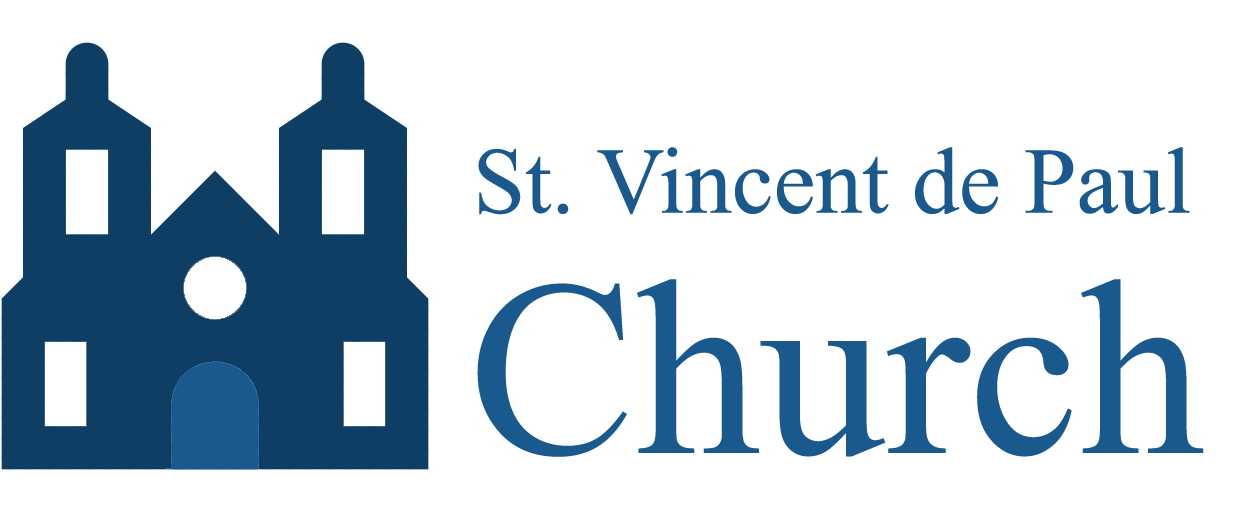Pastor’s Desk – January 4, 2025
Dear Fellow Parishioners,
By the time you read this, we will have concluded the majority of our Christmas celebrations, though some families go on to celebrate in some way the “Twelve Days of Christmas” – that interlude between Christmas and Epiphany. And to the relief of many of our youngest parishioners, the “Elf on the Shelf” returns to the North Pole to stay, to prepare for next Christmas.
The “Elf on the Shelf” is, as they say today, “a thing.” It arose from a 2005 book by that name. A little imagination, plus an aggressive sales campaign, can go a long way. I asked the children at the Christmas Eve Mass for a show of hands of those who whose homes had an “Elf on the Shelf.” Nearly all hands went up!
Once the family gives its elf a name, he receives Christmas magic and is ready to begin his surveillance activity. In the time leading up to Christmas, it is the elf’s mission to watch the little kids during the day, and then fly to the North Pole at night to report to Santa whether they have been naughty or nice. The elf changes his location in the house every day. Children may address their wishes to the elf, but must not touch him, lest he lose his magical powers to deliver those wishes to Santa.
Needless to say, there are now “experts” claiming that it’s harmful for children, that it adds to their holiday stress, and conditions them to accept the notion of a surveillance state full of cameras and snitches. Good grief!
On a more serious note, as 2025 comes to a close, many news networks are featuring “In Memoriam” segments, listing people who have died over the past year, including Pope Francis. At a much more personal level, many parish families celebrated Christmas for the first time after the passing of a loved one. On the much brighter side, other families celebrated Christmas for the first time after the arrival of a child or grandchild.
Finally, January 1st is also the World Day of Prayer for Peace. Pope Leo XIV’s message was issued on December 8, 2025, the 60th anniversary of the closing of Vatican II. On the subject of peace, he wrote, “Goodness is disarming. Perhaps this is why God became a child.” Elsewhere he wrote, “An essential service that religions must render to a suffering humanity is to guard against the growing temptation to weaponize even thoughts and words…Today, we see that this cannot be taken for granted. Unfortunately, it has become increasingly common to drag the language of faith into political battles, to bless nationalism, and to justify violence and armed struggle in the name of religion.” The full text of this message is on the Vatican website in multiple languages.
I wish you all a blessed final week of this Christmas season, and a blessed and healthy 2026.
Fr. Bill Donahue
